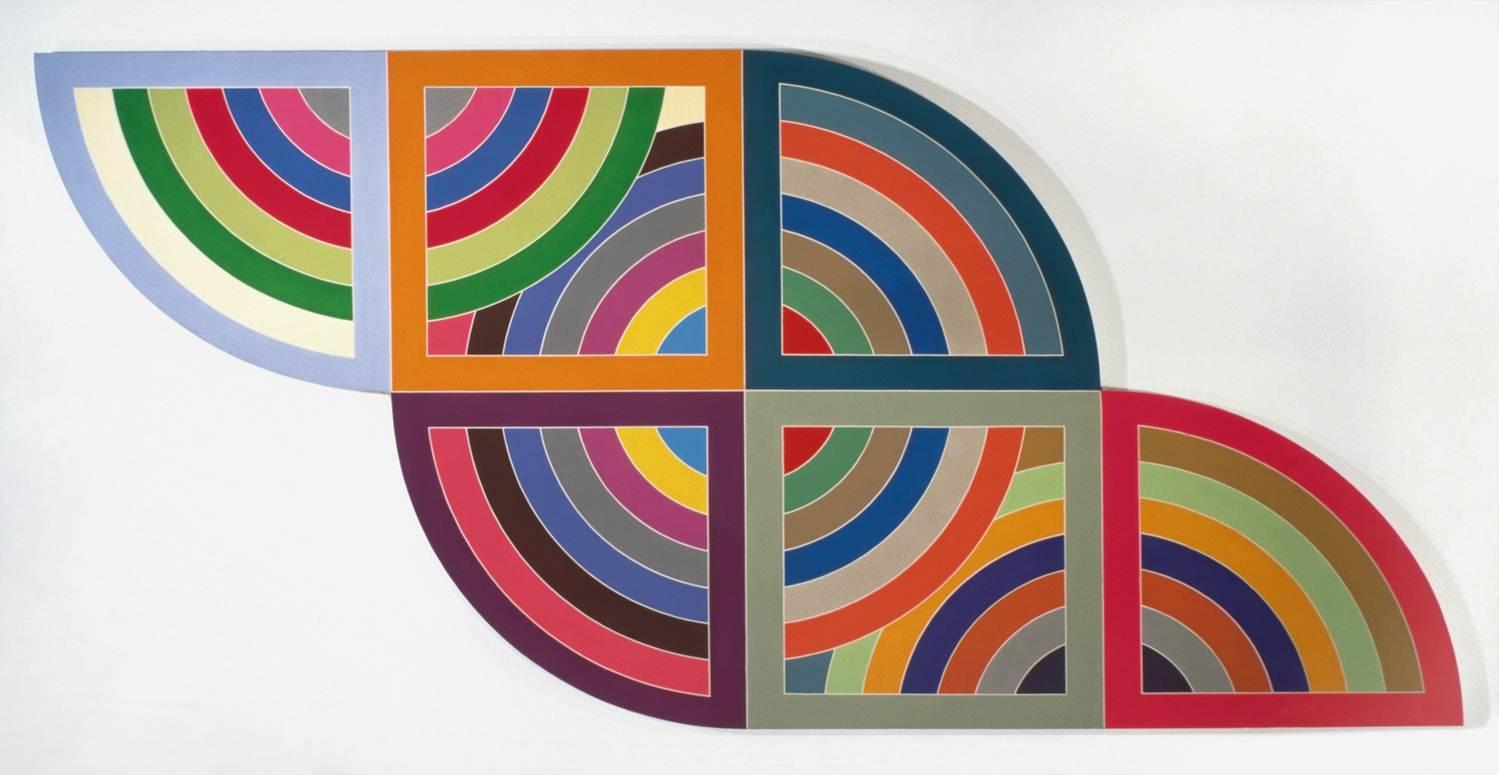The "NU" Whitney Museum of American Art
The New Whitney Museum of American Art
What an exciting time for all things NU! We were super excited to visit the new Whitney Museum of American Art last week for the first time. The space felt expansive and airy. We loved the multiple outdoor spaces allowing for wonderful views of downtown and the Hudson. The lens of the debut exhibit focused on the primary or fundamental pieces from the museums permanent collection, making them feel fresh and NU in this excitingly wonderful space.
Neil G. Bluhm, president of the Board of Trustees of The Whitney Museum of American Art, said in regards to the new building "When I look at this extraordinary museum, I see the future of the Whitney and the future of art”.
Though the doors have only been open since May 1st of this year, the Museum has already generated conversations among art critics and tourists alike. At its new location the Whitney shares a block with the southern entrance of the High Line in the meatpacking district of Lower Manhattan. Far from coincidental the architect, Renzo Piano knew that this precise location would generate a constant stream of traffic in front of the Whitney.
The first floor of the building is free to the public and offers a gift shop, café, and the first section of the galleries. It is enclosed almost entirely in glass, which allows the general public a peek of what’s happening on the inside. The new Whitney provides a new answer to the question of the Art Museum’s role in today’s society. The building serves as a meca for social engagement, intellectual stimulation, sightseeing, and of course- the appreciation of art.
The first exhibit on view is titled “America Is Hard To See”. It features artwork produced in The United States from 1900 to present, and all pieces were taken from the Whitney’s permanent collection. The exhibit is set up chronologically, the goal being to expose the ever-changing attitudes and opinions of the artists in America. While it does follow a timeline, it is also cleverly grouped by room in a way that exposes the messages of the pieces individually and as a whole. The curators did not shy away from the tougher subject matter, which is refreshing in the “white-wall” gallery setting. The fifth floor features rooms such as “Love Letter From The War Front”, a collection of work that speaks about the AIDS epidemic of the 1980’s, and “Threat And Sanctuary”, which offers a sampling of experimental painting methods in the 60’s and 70’s.
Drawing inspiration from the exhibit, here are some of our favorites!

Alvin Loving, Rational Irrationalism, 1969
We love how Loving layered the open cubes and juxtaposed warm and cool colors to create an optical play on three dimensionality on a flat supposrt. Lovings work gained significant attention in the 1960's. He became the first Afrian American artist to receive a one person show at the Whitney.
Mark Bradford, Bread and Circuses, 2007
This mixed media piece caught our eye immediately, and not just because of it's size- which is 11ft tall and over 21ft wide! The texture and layering are incredible.

Robert Rauschenberg, Satellite, 1955
Rauschenberg is perhaps best known for his "combines"- a self coiled term referring to his unique mixture of sculpture and painting. We took note of this awesome 60's color scheme.
 Frank Stella, Die Fahne Hoch!, 73" x 121.5"
Frank Stella, Die Fahne Hoch!, 73" x 121.5"
It was great to see this Frank Stella piece in person too! Stella's work has a brooding energy that we love. From his color block work to his black and white paintings, we are loving all things Stella.

 Share Article
Share Article 



